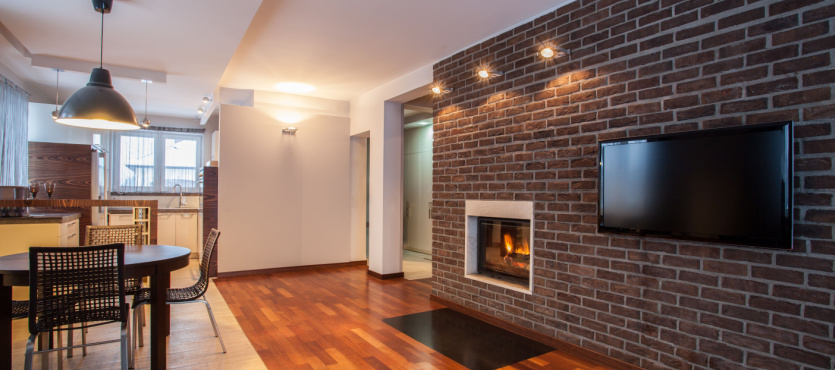Brick houses are sturdy and nice to look at but when it comes to maintaining them, it can be a challenge. A good brick masonry can withstand strong weather conditions and are highly resilient. Bricks also give that timeless aesthetic that some people can’t get enough of. Though bricks are strong and long lasting, they do still require maintenance.
In some cases, brick damages can be repaired, but it’s better to know the difference between DIY repairs and damages that would require a professional mason. If you are planning to do simple brick repairs on your own, it is important to know what you should and should not do. Here are 5 common mistakes you should avoid in interior brick repair.
Using Wrong Mortar Mix
Mortar is an important material used in every masonry work. Picking mortar mix that is not suitable for your bricks can lead to high repair cost later on. To have a more efficient brick restoration, and to prevent problems like cracking, you should know what type of mortar to put in your bricks.
Nowadays, mortar is harder and is more fit for bricks fired at much higher temperatures. However, in the past, mortars were soft and were lime-based. This makes modern mortar good for newer brickworks, and the older mortar suitable for older bricks.
Corroding Masonry Work
Most people might not be aware of this, but rusting in masonry is quite common. This typically happens because of the poor installation of the bricks. Even though they are fairly common, you can easily avoid them with a few easy steps.
With proper mortar choice and installation, you can prevent your walls from corrosion. The mortar mixture should not be too wet and also not too dry when you are applying it. Once the brickwork concludes, you should check for any signs of corrosion. If spotted, deal with them early on to prevent further damage.
Too Much Efflorescence
Efflorescence is the white powder-looking crystals that form on brick walls. Too much efflorescence is not nice to look at and they can also cause cracks in the bricks and mortars. The extreme amount of efflorescence is usually caused by too much water in mortar mixing and the use of saltwater.
Poor Flashing Installation
Another mistake homeowners make while repairing interior brickwork is not installing the flashing properly. The flashing is what takes the water from your brick walls and releases into the atmosphere. Failure to install them the right way can damage your brick walls during rainy seasons.
Inadequate weep holes is a common problem in DIY repairs. The holes should be not more than 24 inches away from each other, and closer if the local climate is humid. The flashing should be installed at the base of a structure for the drainage to function effectively.
Not Calling Professional Help
Masonry is a complex field that calls for professional and experienced masons. It is not something that everyone should attempt without proper knowledge, or else it can lead to structural issues and more. You might even injure yourself or the materials that you bought might go to waste. To ensure that your interior brick repair is successful, you should call for professionals to help you out.
Contact Turnbull Masonry Today
If masonry work is done properly, it can last for years without needing maintenance. This is why it’s better to call for professionals and seek their assistance. With that in mind, if you are in need of the best-in-class masonry work, Turnbull Masonry is here to help you. At Turnbull Masonry, we provide many masonry services (tuckpointing, chimney repairs, concrete repair, and more) including restoring your house’s brickwork. To learn more about services or to get your quote, contact us today!

